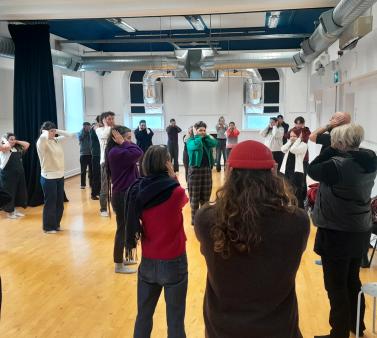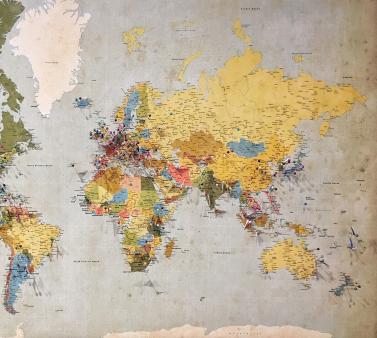
Simon Dufour, Lecturer in Geography and member of the LETG research team and Dr. Véronique Van Tilbeurgh, Professor in Sociology and member of the ESO-Rennes research team.
What are the objectives of this day?
Dr. Véronique Van Tilbeurgh and Simon Dufour: The main objective is to discuss the research work conducted by Rennes 2 teacher-researchers on environmental issues. When we talk about environmental issues, we immediately think of the natural sciences. But we want to show that the humanities and social sciences also make major contributions to these issues. While the LETG (Littoral - Environment - Remote Sensing - Geomatics) research unit has the term directly in its name, there are also many other teams working on this subject, scattered in almost all the university's research centers. We would like to help increase their visibility to all Rennes 2 partners who are also contributing, and to facilitate dialogue and meetings within the university to benefit ongoing work.
Can you tell us about what’s planned during the June 24th event?
We received many very varied proposals to the call for participation. So we have a dense program that reflects this diversity of approaches. Our goal is to make it possible for everyone to give an overview of their work in a single day.
The day will be structured around three main themes: how we transform nature, how society itself evolves on these issues, and how nature and society, humans and non-humans, build common worlds. We will end the day with a roundtable to discuss innovative, interdisciplinary research dynamics involving people from outside the academic world, i.e. citizens and/or artists for example.

And how do artists fit into this diverse program?
Well, we wanted to give a place to the artistic approach, which is complementary to the scientific approach, to create connections by multiplying the different ways in which we view nature. Artists have other ways of viewing and interpreting nature, other ways of posing these environmental questions and this can help to create linkages with people who are not part of the university community. Scientific information, alone, is not sufficient for the advancement of what are also social issues. So we’re welcoming the photographer François Lepage, who has worked in protected nature reserves in France; Bruno Elisabeth, researcher in the visual arts and Director of the Art & Essai Gallery at Rennes 2, who questions representations of nuclear power; and Aurore Bagarry, photographer of rocks and water.
Could you recommend any other similar environment-related resources?
In Brittany alone, there is the illustrated work of Inès Léraud and Pierre Van Hove, “Algues vertes. L'histoire interdite.” This work, which has been the victim of censorship, crystallizes both the excesses of human activities and the political games linked to them, as well as the refusal to see environmental problems and face them. This refusal to acknowledge and set in motion significant changes for the better is always astonishing; and yet French society has already succeeded in evolving considerably in a short time since the 1960s.




